Why study the terrestrial neighbour?
Exploring Earth’s planetary neighbours is no easy task. Mars is the only planet, other than Earth, in which scientists have ground-based rovers, landers, and now even drones that transmit data. All other planetary exploration, so far, has relied on orbital imagery. “InSight’s SEIS is the most sensitive seismometer ever installed on another planet,” says Domenico Giardini. “It affords geophysicists and seismologists an opportunity to work with current data showing what is happening on Mars today - both at the surface and in its interior.” The seismic data, along with orbital images, ensures a greater degree of confidence for scientific inferences.
One of our nearest terrestrial neighbours, Mars is important for understanding similar geological processes on Earth. The red planet is the only one we know of, so far, that has a core composition of iron, nickel, and sulphur that might have once supported a magnetic field. Topographical evidence also indicates that Mars once held vast expanses of water and possibly a denser atmosphere. Even today, scientists have learned that frozen water, although possibly mostly dry ice, still exists on its polar caps. “While there is much more to learn, the evidence of potential magma on Mars is intriguing,” Anna Mittelholz, Postdoctoral Fellow at ETH Zurich and Harvard University.
Last remnants of geophysical life
Looking at images of the vast dry, dusty Martian landscape it is difficult to imagine that about 3.6 billion years ago Mars was very much alive, at least in a geophysical sense. It spewed volcanic debris for a long enough time to give rise to Tharsis Montes region, the largest volcanic system in our solar system and the Olympus Mons – a volcano nearly three times the elevation of Mount Everest.
The quakes coming from the nearby Cerberus Fossae - named for a creature from Greek mythology known as the “hell-hound of Hades” that guards the underworld – suggest that Mars is not quite dead yet. Here the weight of the volcanic region is sinking and forming parallel graben (or rifts) that pull the crust of Mars apart, much like the cracks that appear on the top of a cake while its baking. According to, Stähler it is possible that what we are seeing are the last remnants of this once active volcanic region or that the magma is right now moving eastward to the next location of eruption.
This study involved scientists from ETH Zurich, Harvard University, Nantes Université, CNRS Paris, the German Aerospace Center (DLR) in Berlin, and Caltech.
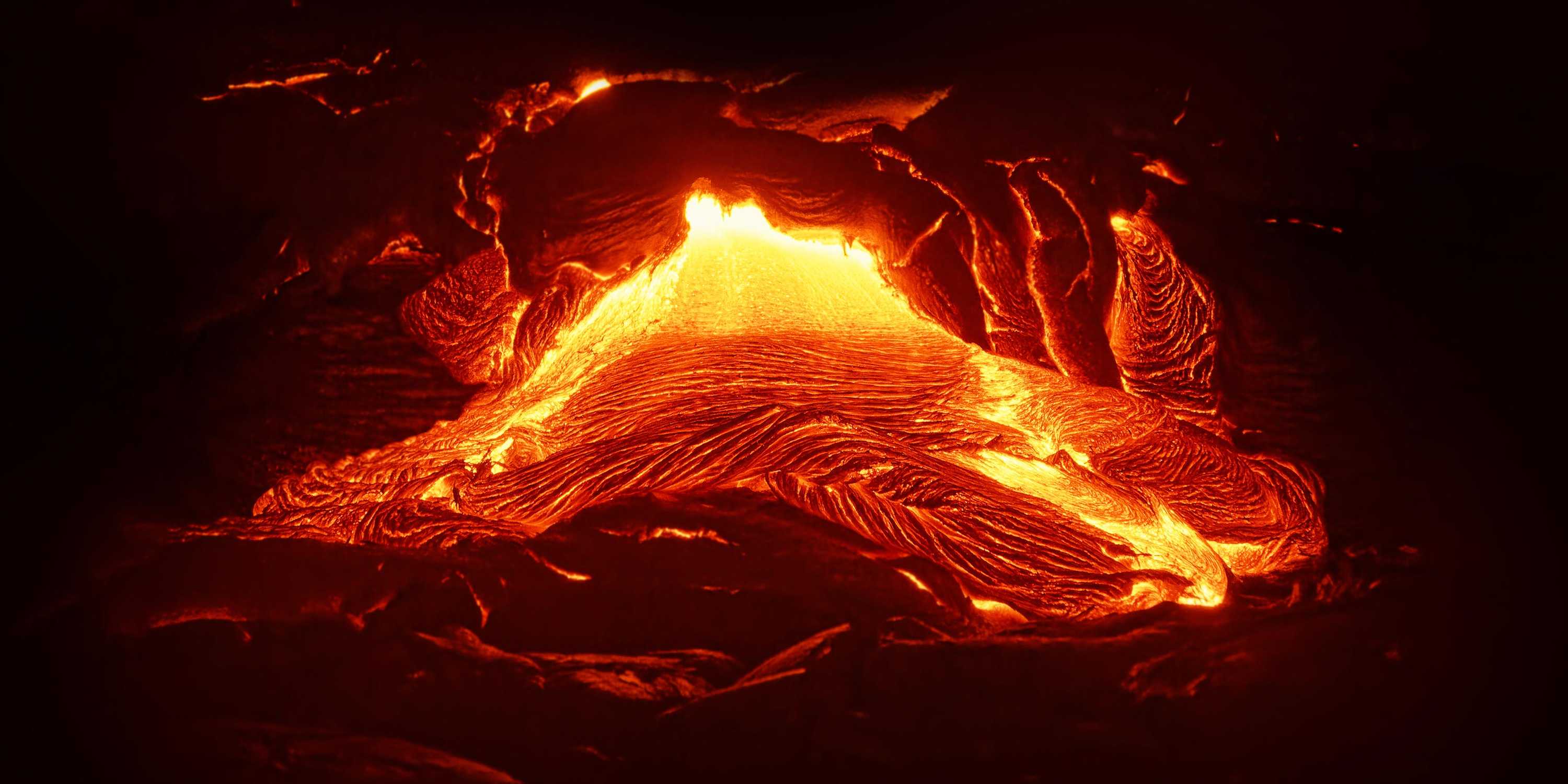
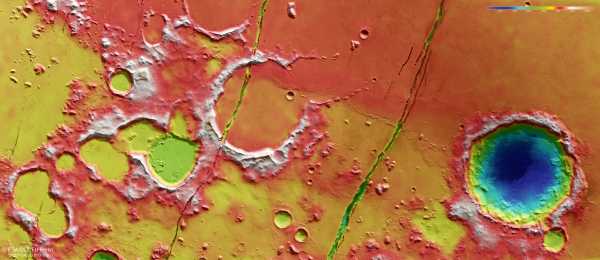
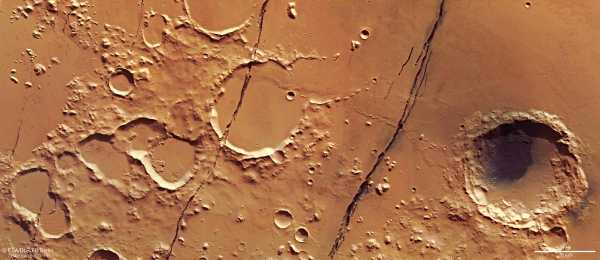
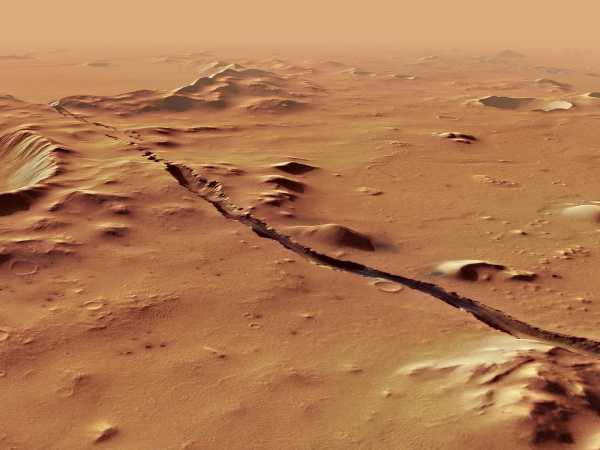
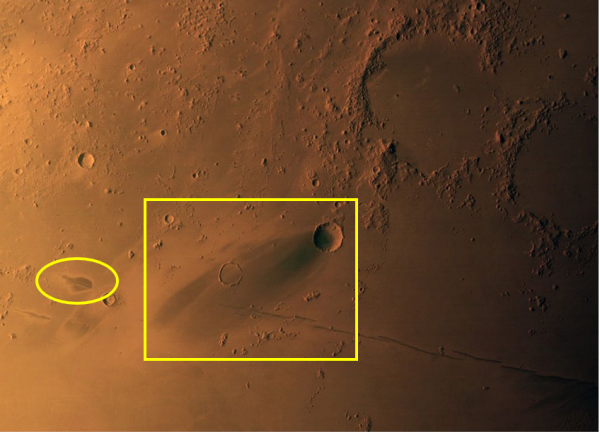
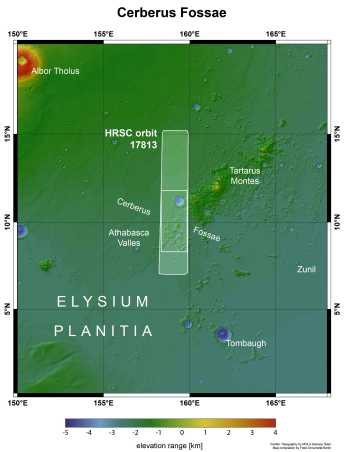
Comments
No comments yet